 Technology peripherals
Technology peripherals
 AI
AI
 The world's first room-temperature quantum computer is launched! No need for absolute zero, the main core is actually 'encrusted with diamonds'
The world's first room-temperature quantum computer is launched! No need for absolute zero, the main core is actually 'encrusted with diamonds'
The world's first room-temperature quantum computer is launched! No need for absolute zero, the main core is actually 'encrusted with diamonds'
Quantum computing is one of the most exciting (and hyped) areas of research currently. In this regard, German and Australian startup Quantum Brilliance has recently done something big. The world's first diamond-based room-temperature quantum computer was successfully installed in distant Oceania!
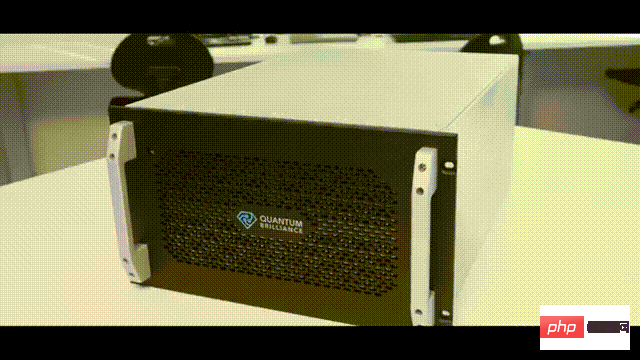
The world’s first commercial room temperature quantum computer
In short , Quantum Brilliance’s quantum computer requires neither absolute zero nor a complex laser system. So, why is room temperature something worth talking about?
The basic idea of a quantum computing system is that qubits can be in a state that is not just "1" or "0", but something called a "superposition state" combination. This means that two qubits can be in the superposition state of "01", "10", "11" and "00", thereby representing more states and data.
But here comes the problem. These systems are still very sensitive to their environment. Qubits can only maintain a given superposition state for a very limited time, which is the "coherence time". If the coherence time is limited, it can lead to errors in the calculations performed by the qubit.
In traditional quantum computers, special cooling methods are required to ensure quantum coherence, but room-temperature quantum computers can omit this step. Quantum coherence, or in other words, the fact that particles must behave like waves, is the basis of all quantum effects.

So, how does Pawsey achieve a quantum computer running at room temperature?
This is about the unique quantum computing method used by Quantum Brilliance.
They took advantage of the naturally occurring nitrogen hole centers in synthetic diamond, rather than using traditional ion chains, silicon quantum dots or superconducting transport qubits.
A nitrogen hole refers to a defect in the diamond lattice that consists of substitute nitrogen atoms adjacent to the hole.
These nitrogen hole centers have the ability to produce photoluminescence and can read the spin of the qubit based on the characteristics of the emitted light. They no longer need to interact directly with the qubit. effect. Many techniques, such as magnetic fields, electric fields, microwave radiation and light, can be used directly to control the electron spin of nitrogen holes.

Diamond lattice structure with nitrogen holes According to the white paper previously released by the company, A diamond quantum computer that operates at room temperature consists of an array of processor nodes.
Each processor node consists of a nitrogen hole (NV) center and a cluster of nuclear spins: the intrinsic nitrogen nuclear spin and up to 4 nearby 13C nuclear spins spin impurities. The nuclear spin acts as the qubit of the computer, and the nitrogen hole serves as the quantum bus, mediating the initialization and readout of qubits, as well as multi-qubit operations within and between nodes.
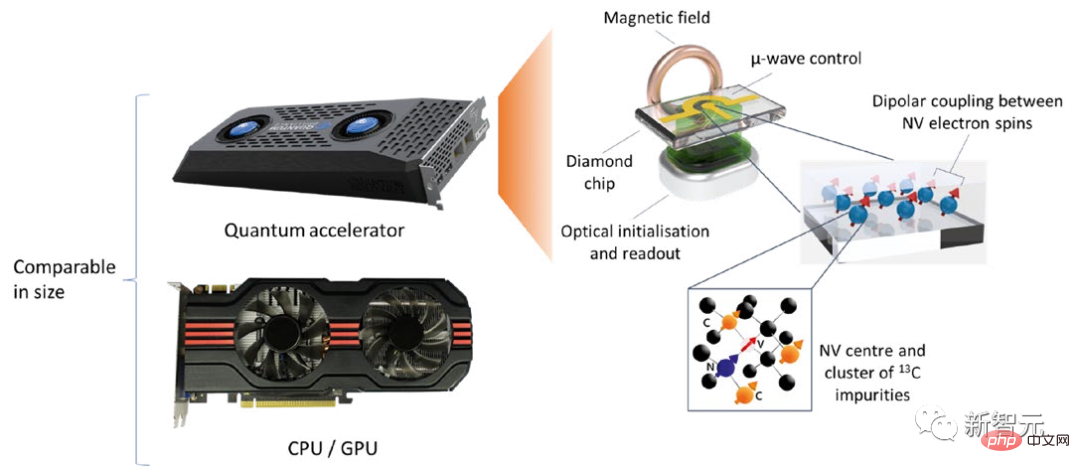
Demonstrated initialization and readout fidelity exceeding 99.6% as of 2021 , while the gating fidelity of single qubit and double qubit exceeds 99.99% and 99% respectively, and the corresponding gating time is about 10 microseconds.
Some work has shown that using more advanced quantum control technology, the fidelity of the gate can exceed 99.999%, and the gate operation time can be less than 1 microsecond.
Due to limitations in implant mask fabrication and scattering of implanted ions, this accuracy cannot be achieved using existing "top-down" nitrogen ion implantation techniques to create NV centers.
One of Quantum Brilliance's key inventions is a "bottom-up" atomically precise diamond manufacturing technology that circumvents these limitations through surface chemistry and photolithography. Another important invention is the integrated quantum chip, which miniaturizes and integrates the electrical, optical, and magnetic control systems of the diamond quantum computer.
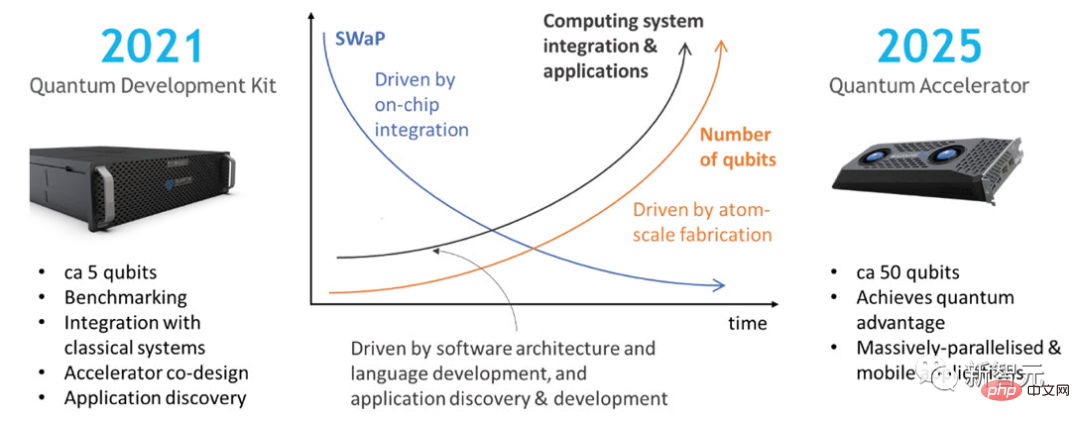
# However, according to the white paper, the system only has 5 qubits, which is obviously a far cry from Google’s 72 qubits. Far.
Quantum accelerator supercomputing=?
Now, most quantum computing work is done in simulation environments on platforms such as IBM’s Quiskit and Nvidia’s cuQuantum initiative. Moreover, the current mainstream of quantum computers is mainframe. Large refers to size. Existing products usually occupy several square meters or even the size of a room.
This is because various quantum hardware limits the size of mainframes, as they are large, fragile machines that require ultra-low temperatures and/or ultra-low pressures and complex control systems to operate. If there are no room-temperature quantum computers, then the situation will be that there are several quantum mainframes in every supercomputing and cloud computing facility around the world, but it is not possible to promote them to the extent of widespread application. Deploying room-temperature quantum computers within supercomputing centers will allow researchers to truly take advantage of on-site computing, maintenance and integration.

At the same time, the cooperation with the Pawsey Supercomputing Research Center is also to establish an initial A hybrid environment to accelerate the pairing of quantum and classical systems that can diagnose bottlenecks and make possible improvements to quantum-classical integration.
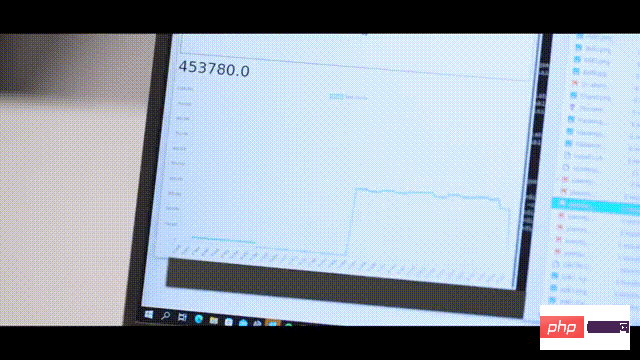 ##
##
Mark Stickells, executive director of Pawsey, said integrating quantum accelerators into HPC architecture will help its 4,000 Researchers are learning more about how the two systems can work together. This will provide a testbed that can demonstrate practical applications, so our researchers can work more efficiently – advancing quantum science and accelerating future research. "This is a key step towards the future of hybrid computing."
Spending more than 100 million: Singapore will build the first quantum computerMay 31, At the Asia Tech x Singapore event in Singapore, Deputy Prime Minister, Coordinating Minister for Economic Policy and Chairman of the National Research Foundation Heng Swee Keat announced the official launch of the Quantum Engineering Program (QEP). Singapore will unite three national platforms to develop capabilities in quantum computing, quantum secure communications and quantum device manufacturing.
According to Singapore’s Research, Innovation and Enterprise 2020 Plan, the plan invests S$23.5 million (approximately 114 million yuan) in these three platforms for a maximum period of 3.5 years. These platforms will receive further support from across the research community.
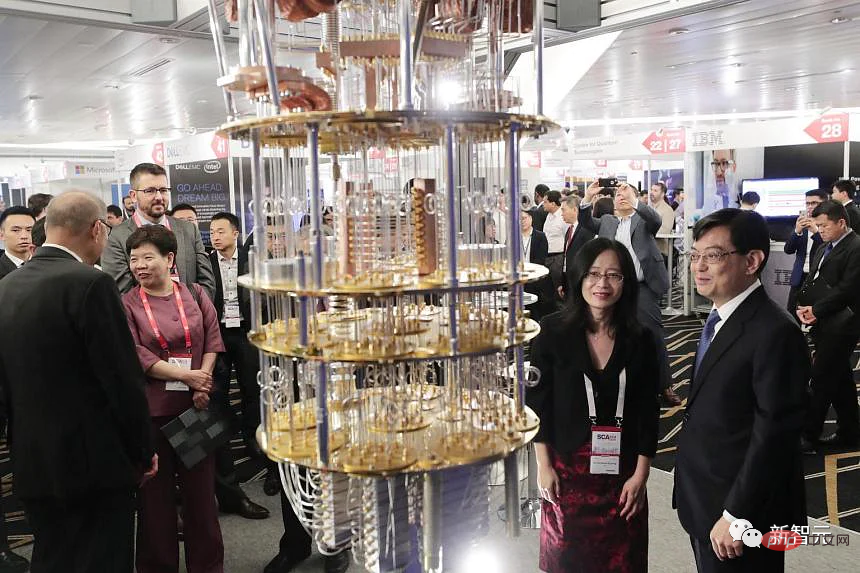
These three national quantum platforms are organized by the National University of Singapore (NUS) and Nanyang Technological University of Singapore. Hosted by the University (NTU Singapore), Singapore Agency for Science, Technology and Research (A*STAR) and Singapore National Supercomputing Center (NSCC), respectively:
- National Quantum Computing Center—Develop quantum computing capabilities and explore applications through industry collaboration;
- National Quantum Fabless—Support quantum equipment and Microfabrication of enabling technologies;
- National Quantum Security Network – A nationwide trial of quantum secure communications technology designed to enhance the cybersecurity of critical infrastructure.
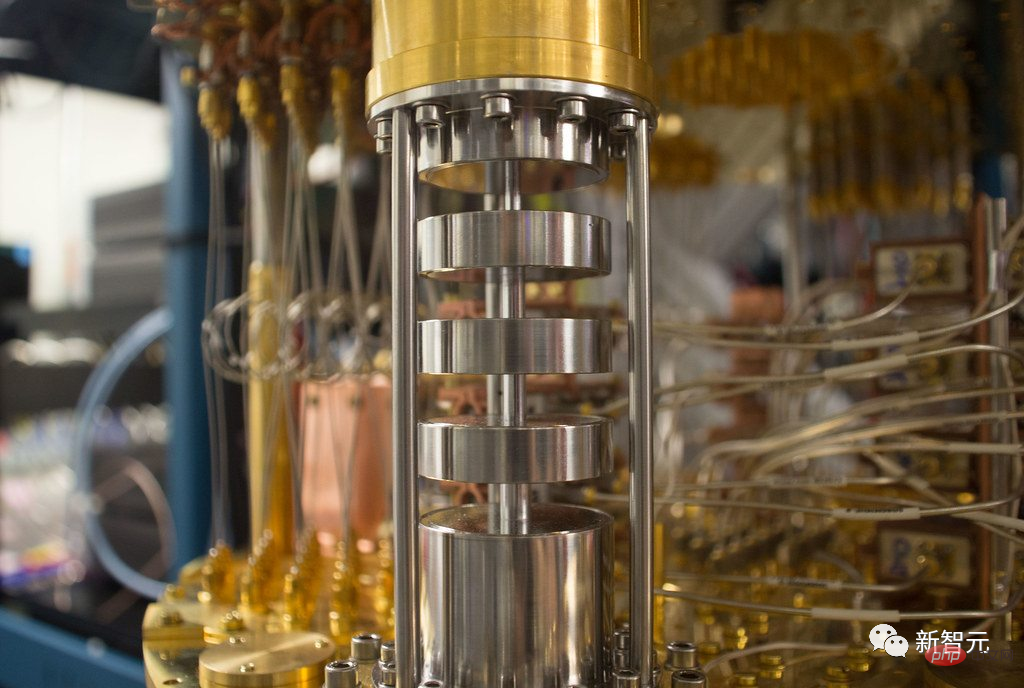
National Quantum Computing Center (NQCH) NQCH will bring together expertise and resources from the Center for Quantum Technologies (CQT) teams at the National University of Singapore and Nanyang Technological University, A*STAR’s Institute for High Performance Computing (IHPC) and the National Supercomputing Center (NSCC) in Singapore , building a quantum computing ecosystem in Singapore.
National Quantum Fabless Fab (NQFF) National Quantum Fabless Fabric (NQFF) located at A*STAR is a materials research and The Institute of Engineering Research (IMRE) will support micro- and nanofabrication of quantum devices within QEP's three pillars of quantum computing, communications and sensing.
It will also develop enabling devices related to Singapore’s strategic needs in the quantum technology ecosystem.
National Quantum Security Network (NQSN) Announced in February 2022, the NQSN will conduct nationwide trials of quantum secure communication technology , providing strong cybersecurity for critical infrastructure and companies handling sensitive data. The initiative is led by CQT as well as the National University of Singapore and Nanyang Technological University, with more than 15 private and government collaborators.
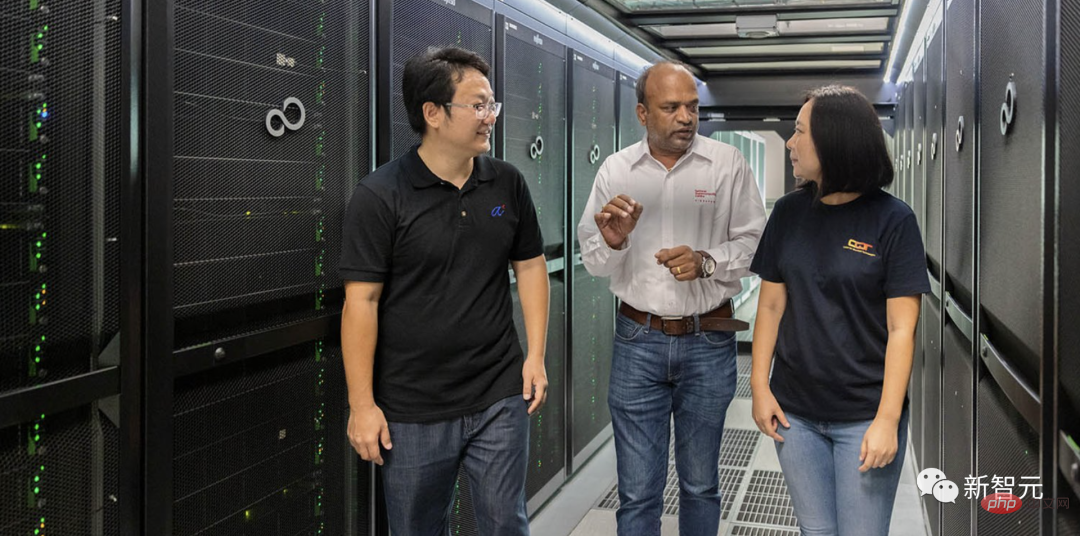
In this regard, Professor José Ignacio Latorre, director of CQT at the National University of Singapore and chief researcher of NQCH, commented Said: "Quantum computing is coming. The question is not 'when', but 'who will be ready to use this technology'."
The above is the detailed content of The world's first room-temperature quantum computer is launched! No need for absolute zero, the main core is actually 'encrusted with diamonds'. For more information, please follow other related articles on the PHP Chinese website!

Hot AI Tools

Undresser.AI Undress
AI-powered app for creating realistic nude photos

AI Clothes Remover
Online AI tool for removing clothes from photos.

Undress AI Tool
Undress images for free

Clothoff.io
AI clothes remover

Video Face Swap
Swap faces in any video effortlessly with our completely free AI face swap tool!

Hot Article

Hot Tools

Notepad++7.3.1
Easy-to-use and free code editor

SublimeText3 Chinese version
Chinese version, very easy to use

Zend Studio 13.0.1
Powerful PHP integrated development environment

Dreamweaver CS6
Visual web development tools

SublimeText3 Mac version
God-level code editing software (SublimeText3)

Hot Topics
 1387
1387
 52
52
 Remote Desktop cannot authenticate the remote computer's identity
Feb 29, 2024 pm 12:30 PM
Remote Desktop cannot authenticate the remote computer's identity
Feb 29, 2024 pm 12:30 PM
Windows Remote Desktop Service allows users to access computers remotely, which is very convenient for people who need to work remotely. However, problems can be encountered when users cannot connect to the remote computer or when Remote Desktop cannot authenticate the computer's identity. This may be caused by network connection issues or certificate verification failure. In this case, the user may need to check the network connection, ensure that the remote computer is online, and try to reconnect. Also, ensuring that the remote computer's authentication options are configured correctly is key to resolving the issue. Such problems with Windows Remote Desktop Services can usually be resolved by carefully checking and adjusting settings. Remote Desktop cannot verify the identity of the remote computer due to a time or date difference. Please make sure your calculations
 2024 CSRankings National Computer Science Rankings Released! CMU dominates the list, MIT falls out of the top 5
Mar 25, 2024 pm 06:01 PM
2024 CSRankings National Computer Science Rankings Released! CMU dominates the list, MIT falls out of the top 5
Mar 25, 2024 pm 06:01 PM
The 2024CSRankings National Computer Science Major Rankings have just been released! This year, in the ranking of the best CS universities in the United States, Carnegie Mellon University (CMU) ranks among the best in the country and in the field of CS, while the University of Illinois at Urbana-Champaign (UIUC) has been ranked second for six consecutive years. Georgia Tech ranked third. Then, Stanford University, University of California at San Diego, University of Michigan, and University of Washington tied for fourth place in the world. It is worth noting that MIT's ranking fell and fell out of the top five. CSRankings is a global university ranking project in the field of computer science initiated by Professor Emery Berger of the School of Computer and Information Sciences at the University of Massachusetts Amherst. The ranking is based on objective
 What is e in computer
Aug 31, 2023 am 09:36 AM
What is e in computer
Aug 31, 2023 am 09:36 AM
The "e" of computer is the scientific notation symbol. The letter "e" is used as the exponent separator in scientific notation, which means "multiplied to the power of 10". In scientific notation, a number is usually written as M × 10^E, where M is a number between 1 and 10 and E represents the exponent.
 Fix: Microsoft Teams error code 80090016 Your computer's Trusted Platform module has failed
Apr 19, 2023 pm 09:28 PM
Fix: Microsoft Teams error code 80090016 Your computer's Trusted Platform module has failed
Apr 19, 2023 pm 09:28 PM
<p>MSTeams is the trusted platform to communicate, chat or call with teammates and colleagues. Error code 80090016 on MSTeams and the message <strong>Your computer's Trusted Platform Module has failed</strong> may cause difficulty logging in. The app will not allow you to log in until the error code is resolved. If you encounter such messages while opening MS Teams or any other Microsoft application, then this article can guide you to resolve the issue. </p><h2&
 What does computer cu mean?
Aug 15, 2023 am 09:58 AM
What does computer cu mean?
Aug 15, 2023 am 09:58 AM
The meaning of cu in a computer depends on the context: 1. Control Unit, in the central processor of a computer, CU is the component responsible for coordinating and controlling the entire computing process; 2. Compute Unit, in a graphics processor or other accelerated processor, CU is the basic unit for processing parallel computing tasks.
 Unable to open the Group Policy object on this computer
Feb 07, 2024 pm 02:00 PM
Unable to open the Group Policy object on this computer
Feb 07, 2024 pm 02:00 PM
Occasionally, the operating system may malfunction when using a computer. The problem I encountered today was that when accessing gpedit.msc, the system prompted that the Group Policy object could not be opened because the correct permissions may be lacking. The Group Policy object on this computer could not be opened. Solution: 1. When accessing gpedit.msc, the system prompts that the Group Policy object on this computer cannot be opened because of lack of permissions. Details: The system cannot locate the path specified. 2. After the user clicks the close button, the following error window pops up. 3. Check the log records immediately and combine the recorded information to find that the problem lies in the C:\Windows\System32\GroupPolicy\Machine\registry.pol file
 Python script to log out of computer
Sep 05, 2023 am 08:37 AM
Python script to log out of computer
Sep 05, 2023 am 08:37 AM
In today's digital age, automation plays a vital role in streamlining and simplifying various tasks. One of these tasks is to log off the computer, which is usually done manually by selecting the logout option from the operating system's user interface. But what if we could automate this process using a Python script? In this blog post, we'll explore how to create a Python script that can log off your computer with just a few lines of code. In this article, we'll walk through the step-by-step process of creating a Python script for logging out of your computer. We'll cover the necessary prerequisites, discuss different ways to log out programmatically, and provide a step-by-step guide to writing the script. Additionally, we will address platform-specific considerations and highlight best practices
 New research reveals the potential of quantum Monte Carlo to surpass neural networks in breaking through limitations, and a Nature sub-issue details the latest progress
Apr 24, 2023 pm 09:16 PM
New research reveals the potential of quantum Monte Carlo to surpass neural networks in breaking through limitations, and a Nature sub-issue details the latest progress
Apr 24, 2023 pm 09:16 PM
After four months, another collaborative work between ByteDance Research and Chen Ji's research group at the School of Physics at Peking University has been published in the top international journal Nature Communications: the paper "Towards the ground state of molecules via diffusion Monte Carlo neural networks" combines neural networks with diffusion Monte Carlo methods, greatly improving the application of neural network methods in quantum chemistry. The calculation accuracy, efficiency and system scale on related tasks have become the latest SOTA. Paper link: https://www.nature.com



